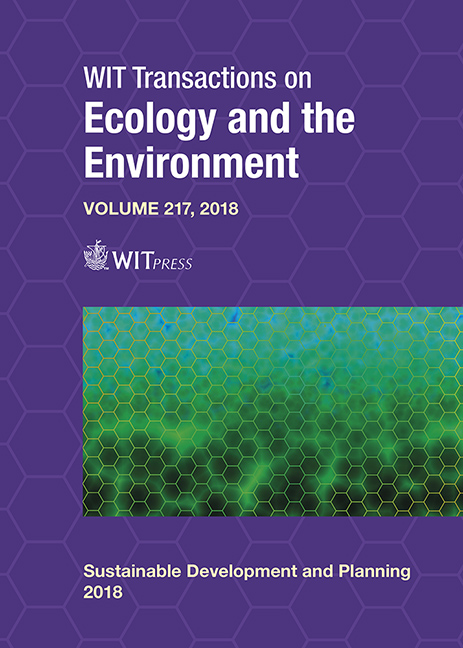WELL-BEING FRAMEWORK AS A CONTRIBUTOR TO SUSTAINABILITY
Price
Free (open access)
Transaction
Volume
217
Pages
12
Page Range
699 - 710
Published
2018
Size
655 kb
Paper DOI
10.2495/SDP180591
Copyright
WIT Press
Author(s)
NILUFER SAGLAR ONAY, VALERIA MINUCCIANI
Abstract
This work aims to propose an environmental design framework in order to contribute to sustainability with well-being criteria focusing on human factors. Thus, the ways that buildings and interior spaces affect our well-being and quality of life have to be considered in the general framework of sustainable design. Space can be regarded as the most important concrete aspect that can be controlled by the designer and can directly affect human well-being. Regarding the environment as a whole, this approach focuses on interiors as the basic spatial elements where human perform a great amount of their basic activities. Designers need to handle the issue of well-being with a methodological approach as it is very difficult to achieve with an intuitive attitude. There are several requirements that need to be fulfilled in order to create the environment that can promote user’s well-being. The framework proposal, consisting of contextual, functional, psychological, social, ergonomic and sensory requirements as basic design criteria, aims to support both theoretical and practical activities regarding well-being in all living environments as a crucial component of sustainability. In this sense at the last phase of the study, the framework is used to evaluate examples of traditional houses in Turkey and Italy in order to reveal their characteristics that contribute to well-being. After discussing the efficiency of design criteria for well-being and applying it to traditional home environments, further research needs to focus on contemporary design practices. These may include evaluation of common design approaches as well as built environment.
Keywords
well-being, interior space, design criteria, sustainability





